Deep Hole Drilling: An Overview
Welcome to our in-depth exploration of deep hole drilling processes, brought to you by an experienced deep hole drilling factory owner. With decades of expertise in the field, we are proud to offer insights into the techniques, applications, tools, and innovations that define this specialized area of machining.
Understanding Deep Hole Drilling
Deep hole drilling is a machining process used to create holes with a depth-to-diameter ratio typically greater than 10:1. This technique is essential in various industries where precision, straightness, and surface finish are critical. The process involves specialized equipment and techniques to ensure accurate and efficient drilling of deep holes.
The Importance of Deep Hole Drilling
Deep hole drilling is indispensable in numerous sectors, including aerospace, automotive, oil and gas, medical devices, and heavy machinery. The ability to produce precise and high-quality deep holes is crucial for the functionality and reliability of components such as:
Aircraft landing gear and engine parts
Automotive crankshafts and fuel injection systems
Oil exploration and production equipment
Medical implants and surgical instruments
Hydraulic and pneumatic cylinders
Key Processes in Deep Hole Drilling
Gun Drilling:
- Overview: Gun drilling is the most common method for deep hole drilling, ideal for creating straight and accurate holes with excellent surface finish.
- Tools: Gun drills are long, thin tools with a single straight flute, and coolant is delivered through the tool to remove chips and cool the cutting edge.
- Applications: Widely used in the automotive and aerospace industries for drilling small to medium diameter holes.
BTA (Boring and Trepanning Association) Drilling:
- Overview: BTA drilling, also known as deep hole drilling, is suited for larger diameter holes and higher material removal rates compared to gun drilling.
- Tools: The BTA system uses a drill head with multiple cutting edges, and coolant is introduced through the drill tube and exits along the flutes, carrying chips away from the cutting zone.
- Applications: Common in the oil and gas industry for drilling large boreholes in heavy-duty applications.
Ejector Drilling:
- Overview: Ejector drilling is similar to BTA drilling but uses a dual-tube system to enhance coolant flow and chip removal efficiency.
- Tools: It involves an inner and outer tube, with coolant flowing through the inner tube and returning through the annular space between the tubes.
- Applications: Suitable for deep hole drilling in large workpieces with varying diameters.
Trepan Drilling:
- Overview: Trepan drilling, or trepanning, involves cutting a circular groove to create a core, leaving a solid cylindrical slug rather than chips.
- Tools: Trepan drills are designed to minimize material waste and are often used for larger diameter holes.
- Applications: Used in applications where material savings are crucial, such as in the aerospace industry.
Tooling and Equipment of deep hole drilling
Drilling Machines:
Horizontal Machines: Commonly used for deep hole drilling due to their stability and ease of chip evacuation.
Vertical Machines: Utilized for specific applications requiring vertical alignment and precision.
Cutting Tools:
Materials: High-speed steel (HSS), carbide, and coated tools are used based on the material being drilled and the desired hole quality.
Designs: Tools are designed with specific geometries to optimize cutting performance, coolant flow, and chip evacuation.
Coolant Systems:
High-Pressure Coolant: Essential for deep hole drilling to maintain tool life, reduce heat, and ensure efficient chip removal.
Coolant Types: Water-soluble coolants, oil-based coolants, and specialized cutting fluids are selected based on the application.
Techniques and Best Practices of deep hole drilling
Tool Alignment:
Proper alignment of the drill and workpiece is crucial to achieve straight and accurate holes.
Use of precision fixturing and alignment tools ensures consistency.
Chip Management:
Effective chip evacuation is vital to prevent tool breakage and maintain hole quality.
Optimizing coolant flow and using appropriate chip breakers on tools can enhance chip management.
Cutting Parameters:
Selecting the right cutting speed, feed rate, and depth of cut is critical for achieving the desired hole quality and tool life.
Parameters should be adjusted based on the material, tool, and hole dimensions.
Challenges and Solutions of deep hole drilling
Hole Deviation:
Causes: Tool deflection, misalignment, and uneven material properties.
Solutions: Use of pilot holes, precision fixturing, and real-time monitoring systems.
Tool Wear:
Causes: High cutting forces, poor coolant flow, and abrasive materials.
Solutions: Selection of appropriate tool materials, coatings, and regular tool maintenance.
Surface Finish:
Causes: Inadequate cutting parameters, tool wear, and chip clogging.
Solutions: Fine-tuning cutting parameters, using high-quality tools, and ensuring effective chip evacuation.
Innovations and Future Trends of deep hole drilling
Advanced Tool Materials:
Development of new tool materials and coatings to enhance wear resistance and cutting performance.
Automation and Monitoring:
Integration of automated systems and real-time monitoring to improve precision, reduce downtime, and enhance productivity.
Sustainable Practices:
Adoption of eco-friendly coolants and practices to reduce environmental impact and improve sustainability.
Conclusion
Deep hole drilling is a complex and essential process in modern manufacturing, requiring specialized knowledge, tools, and techniques. By understanding the intricacies of deep hole drilling and staying abreast of technological advancements, manufacturers can achieve exceptional precision, efficiency, and quality in their machining operations. As an experienced deep hole drilling factory owner, we are committed to pushing the boundaries of this technology, delivering superior solutions to meet the evolving needs of our clients.

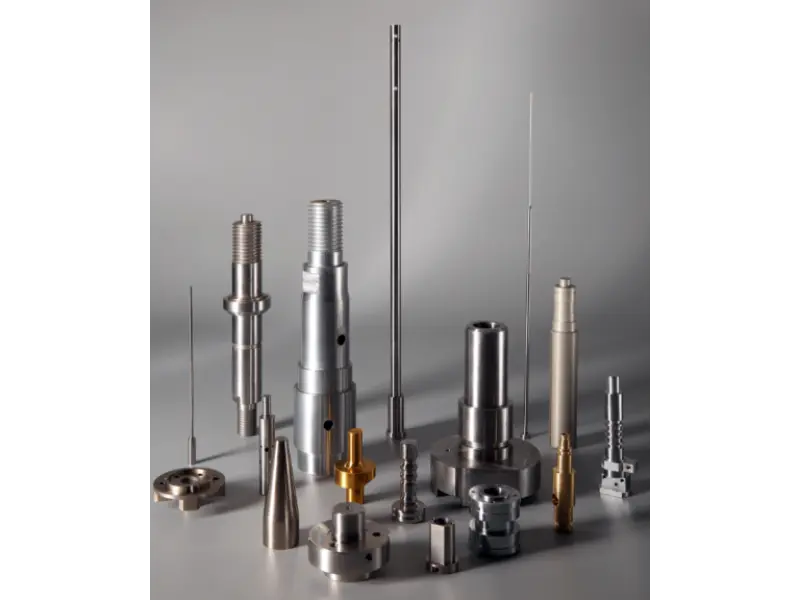
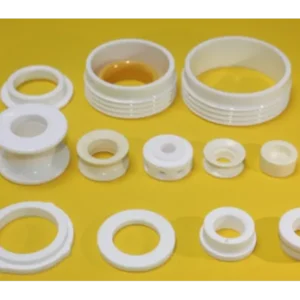
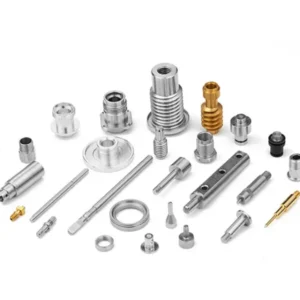
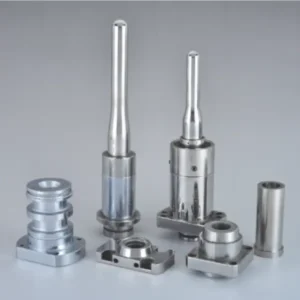
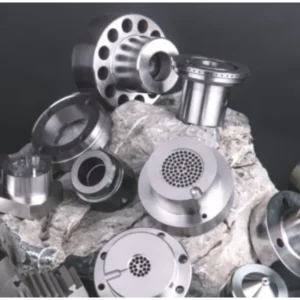
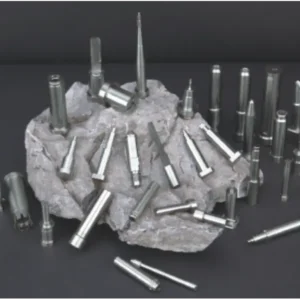
Reviews
There are no reviews yet.